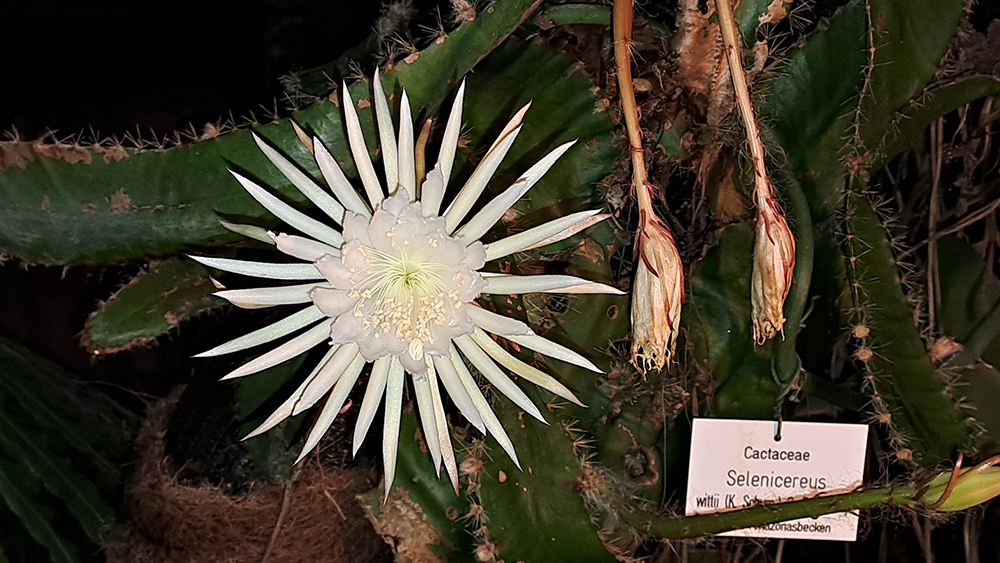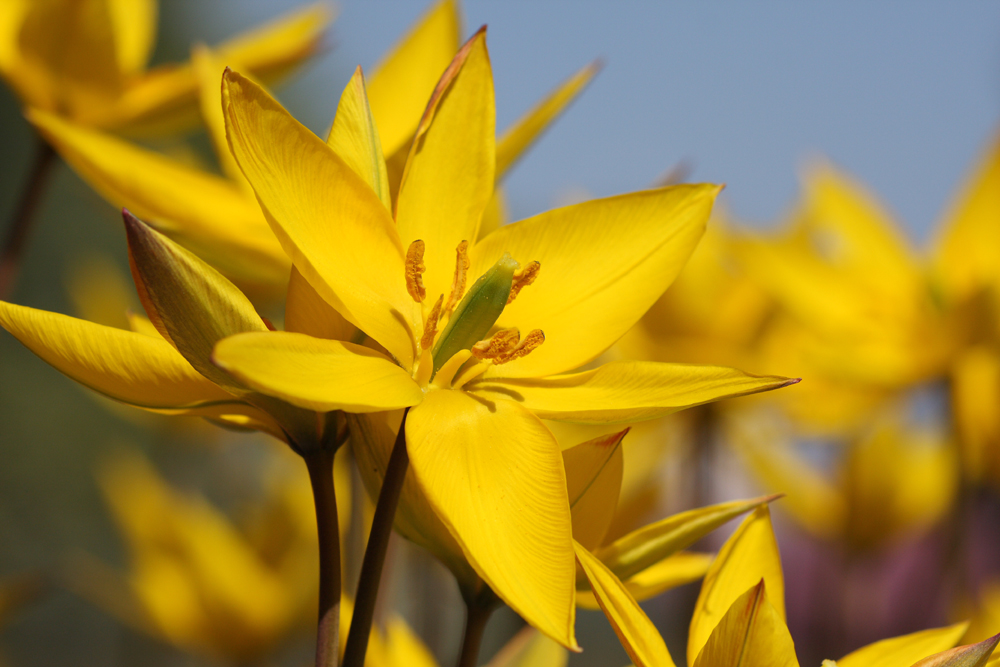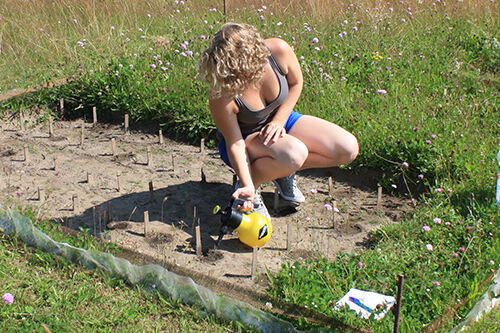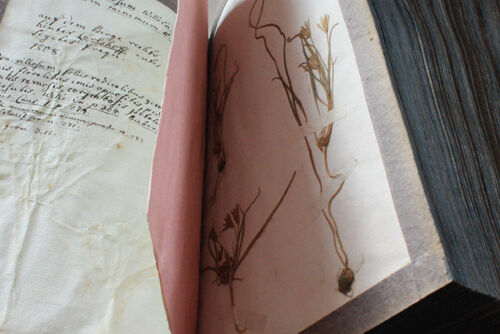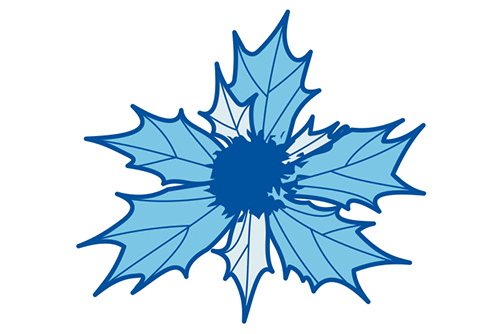
Winter opening: Garden open from 9 am to 4 pm
In case of bad weather and trail conditions (in particular due to snow and ice), the garden may be closed on short notice, if necessary for an extended period of time. Thank you for your understanding. ► Opening hours
The Loki-Schmidt greenhouses need to stay closed for repair work
Job Offer Technical Director
We are in need of a Technical Director for managing horticultural, technical, and human resources of the Botanical Garden to start as soon as possible. For detailed information please refer to this page.
Job Offer Gardener Cultivation of Ornamentals
We are in need of an experienced gardener with specialization in cultivation of ornamental plants or perennial nursery as sabbatical replacement from 01/01 to 12/31/2026. For detailed information please refer to this page.
• Special Note
Flower opening at 8-fold time lapse
Some days ago the particular cactus Strophocactus wittii (syn. Selenicereus wittii) was in flower. Unlike most of its relatives, it is not native to American deserts but to the widespread floodplain forests of the Amazon where it twines around the trunks of riparian trees. Its flattened leaf-like shoots attach to the bark with aerial roots. Occasionally the cactus gets inundated as it colonizes the trunks at floodwater levels. That's where the seeds float on the water as they contain air-filled chambers. The seeds develop after fertilization of the flowers by specialized night-active moths being able to penetrate the long flower funnel. Length and blooming habit of the white flowers indicate relationship with species being
known as queen of the night or moonlight cactus. The large, whitish, star-shaped flowers unfold during dusk for being open just the following night and closing forever during the upcoming dawn—be it with or without pollination. Due to its requirement of a tropical environment, the cactus can be encountered only scarcely in collections and some Botanical Gardens, and even more seldom with flowers being open as greenhouses would have to be open also during evening darkness. For more photographs and videos please refer to this page.








